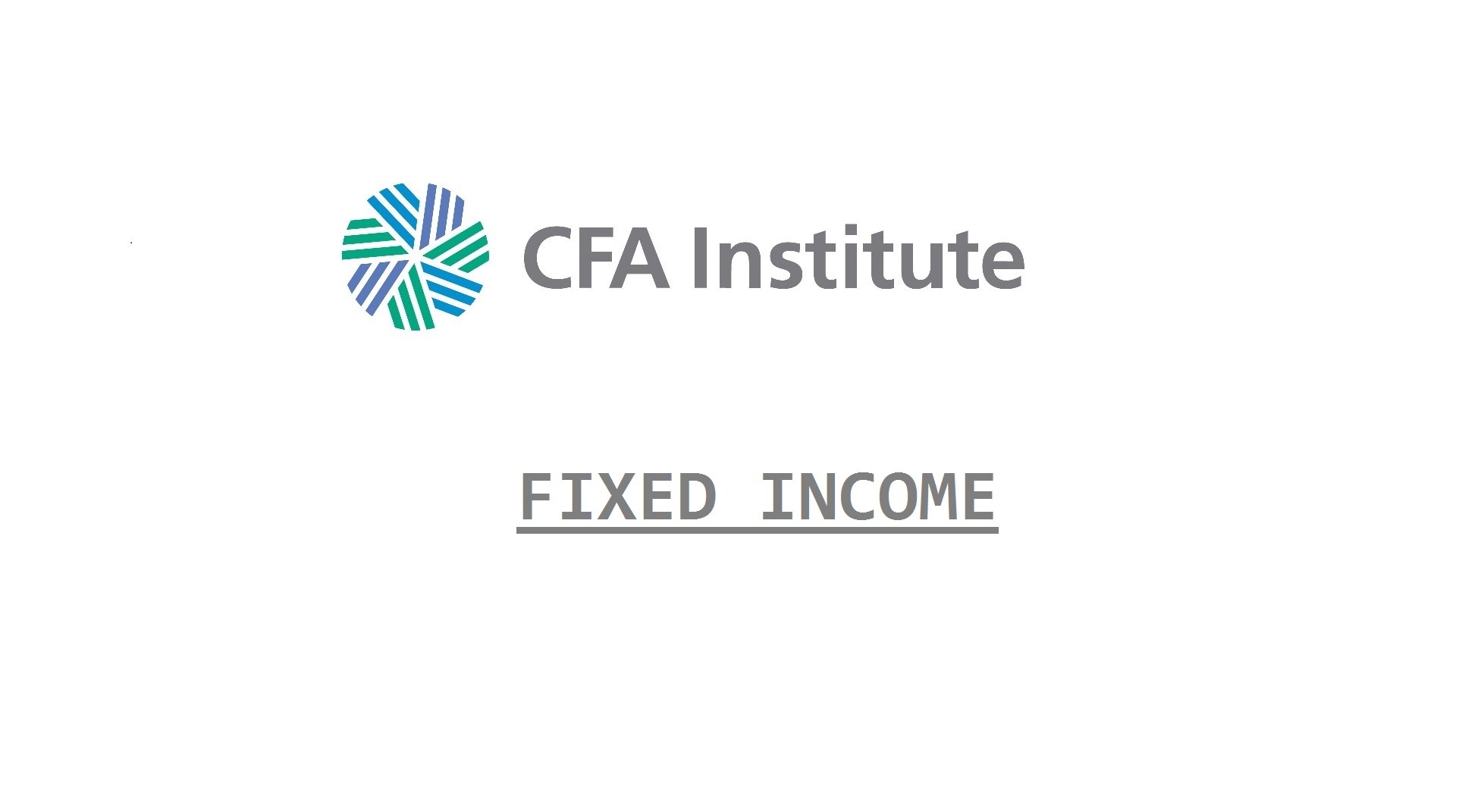Immunization is a fixed-income management process in which the portfolio is managed to minimize the variability of the rate of return earned over a specified time period. That means the future value (FV) of the portfolio can be confidently predicted, and if enough funds are invested initially, a known future liability can be funded.
The most obvious way to immunize the interest rate risk on a single liability is to buy a zero-coupon bond that matures on the obligation’s due date.The problem is that in many financial markets, zero-coupon bonds are not available. Nevertheless, the perfect immunization provided by a zero-coupon bond sets a standard to measure the performance of immunizing strategies using coupon-bearing bonds.
Assume that the bond is currently priced at par value. Then, an instantaneous, one-time, upward shift occurs in the yield curve. The bond’s value falls, as shown in the upper panel. That drop in value is estimated by the money duration of the bond. The money duration is the bond’s modified duration statistic multiplied by the price.
Subsequently, the bond price will be “pulled to par” as the maturity date nears (assuming no default, of course). But there is another factor at work. Assuming that interest rates remain higher, the future value of reinvested coupon payments goes up. It is a rising line as more and more payments are received and reinvested at the higher interest rates.
The key detail to note is that at some point in time, the two effects—the price effect and the coupon reinvestment effect—cancel each other.
The result is that this point in time turns out to be the bond’s Macaulay duration (for a zero-coupon bond, its Macaulay duration is its maturity). Therefore, an investor having an investment horizon equal to the bond’s Macaulay duration is effectively protected, or immunized, from interest rate risk in that price, and coupon reinvestment effects offset for either higher or lower rates.
